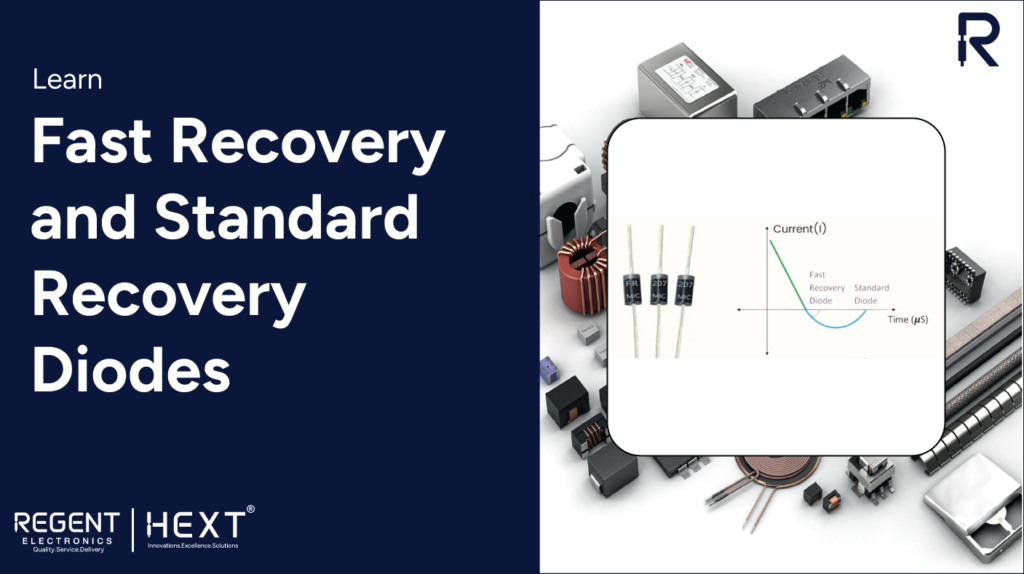
Understanding Fast Recovery and Standard Recovery Diodes: Key Differences and Applications

Diodes play a pivotal role in electronics by allowing current to flow in one direction while blocking it in the opposite. However, not all diodes are created equal. Fast Recovery Diodes (FRDs) and Standard Recovery Diodes are designed to meet different needs depending on the speed and frequency of the signals involved. This blog will explore the differences, construction, working principles, advantages, and applications of both fast recovery and standard recovery diodes.
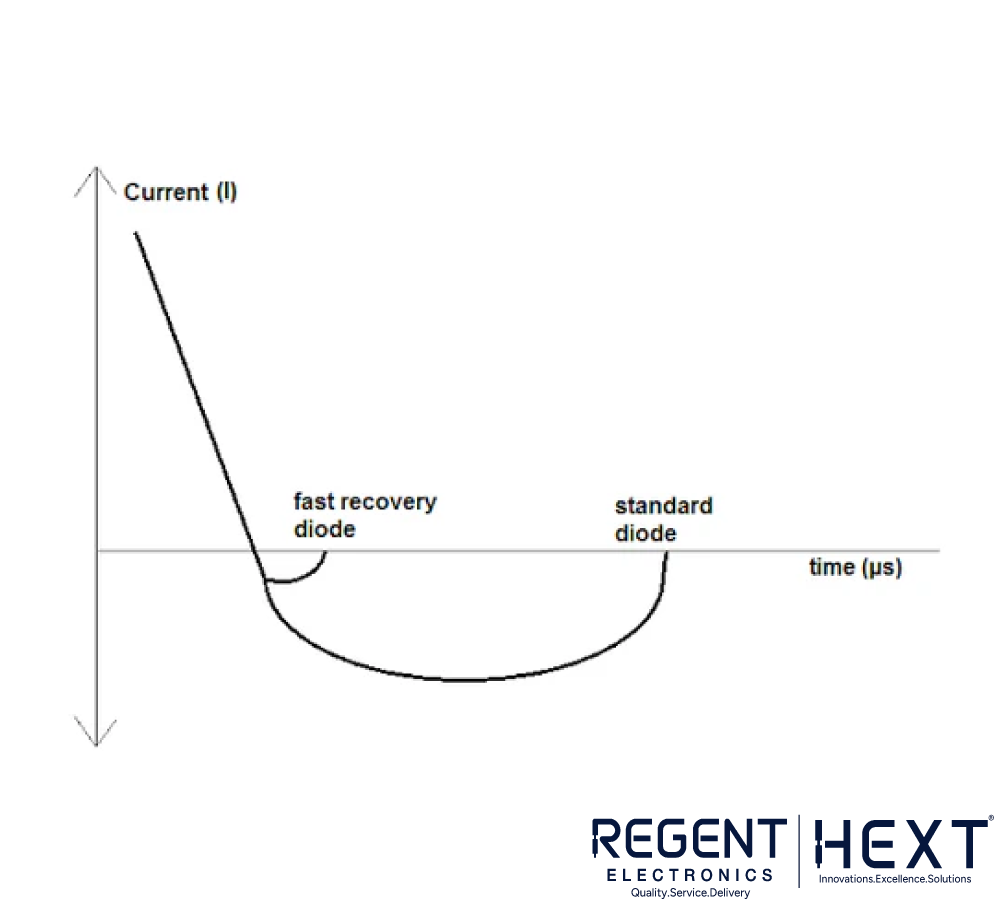
What is a Fast Recovery Diode?
A Fast Recovery Diode (FRD) is a specialized diode that features a fast reverse recovery time, making it ideal for high-frequency applications. Unlike standard diodes that require several microseconds to recover from one signal cycle to the next, fast recovery diodes can recover in just a few nanoseconds. This quick response is essential for applications involving high-frequency signals, where a slower diode might struggle to switch between cycles quickly enough.
Fast Recovery Diode Construction
Fast recovery diodes are structurally similar to regular diodes, with the key difference being the addition of recombination centers in their construction. Materials like Gold (Au) and Gallium Arsenide (GaAs) are often used in the semiconductor material. The addition of gold significantly reduces the recovery time to around 0.1 nanoseconds for fast recovery diodes, compared to the 1-5 nanoseconds seen in silicon-based diodes. These materials help the diode recover quickly, making them suitable for high-frequency rectification.
How Does a Fast Recovery Diode Work?
In AC to DC conversion, a diode is used as a rectifier. For low-frequency signals, standard diodes work well because there is enough time for them to change from conducting to non-conducting states. However, as the frequency of the signal increases, the time between cycles becomes shorter, and the diode needs to recover faster. This is where fast recovery diodes come into play.
When a high-frequency AC signal is applied, the pulse width shrinks. A fast recovery diode can quickly switch from the positive to the negative half cycle of the signal, ensuring smooth rectification without introducing delays. The ability to recover quickly from one cycle to the next ensures minimal signal distortion in high-frequency applications.
Comparison of Recovery Time
Fast recovery diodes boast a significantly shorter reverse recovery time (TRR) than standard diodes, making them ideal for high-frequency rectification. A standard diode typically has a TRR of several microseconds, while a fast recovery diode has a TRR ranging from tens of nanoseconds to about 100 nanoseconds.
| Diode Type | Reverse Recovery Time (TRR) |
| Fast Recovery Diode | Tens of nanoseconds to 100 ns |
| Standard Recovery Diode | Microseconds to tens of microseconds |
Advantages of Fast Recovery Diodes
- Ultrahigh Switching Speed: Fast recovery diodes can switch on and off quickly, making them ideal for high-frequency circuits.
- Low Reverse Recovery Time: They ensure minimal delay when switching between AC cycles, leading to efficient operation.
- Improved Efficiency: These diodes cause less power loss compared to conventional diodes.
- Reduced Losses: With faster recovery, these diodes reduce the energy wasted during the switching process.
Common Applications of Fast Recovery Diodes
- High-Frequency Rectifiers: Used in circuits that need to rectify AC signals at high frequencies, such as radio communication systems.
- Automotive and Industrial Electronics: Fast recovery diodes are integral in modern electronics for automotive, industrial, and power supply applications.
- Radio Signal Detectors: They are essential in detecting high-frequency RF signals.
- Analog and Digital Communication: In these circuits, FRDs are used for modulation, demodulation, and signal processing.
Examples of Fast Recovery Diodes
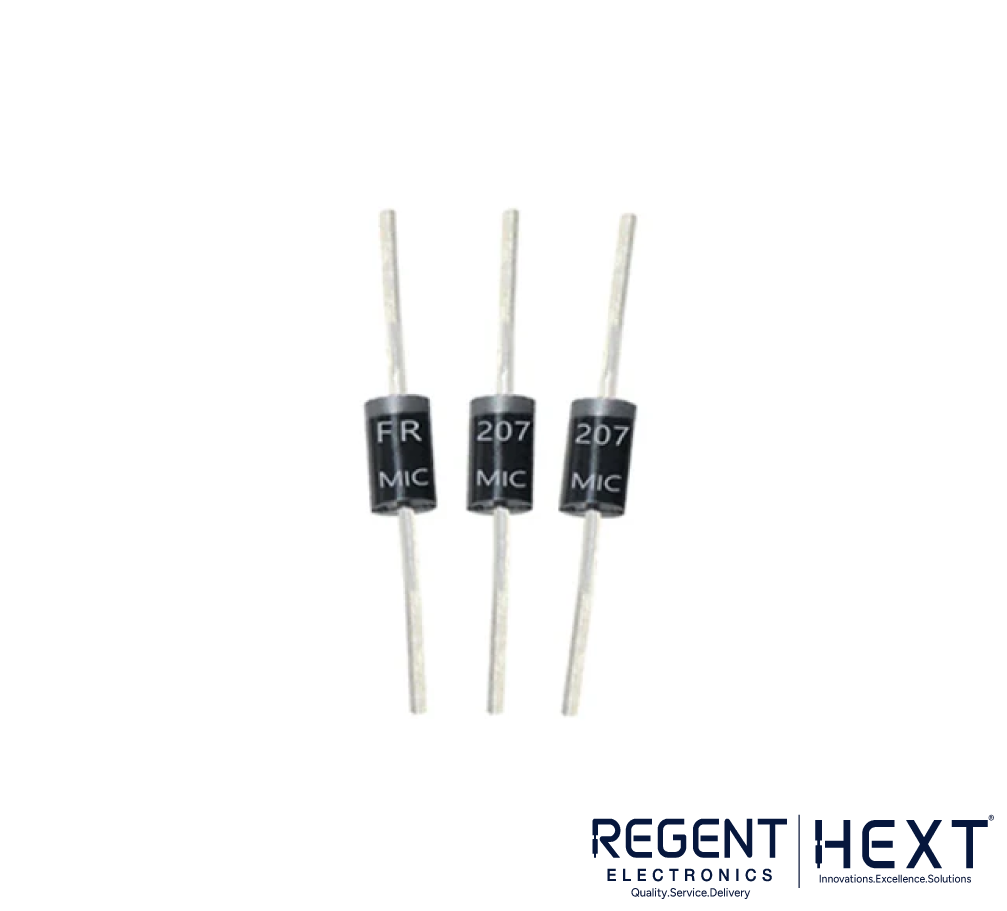

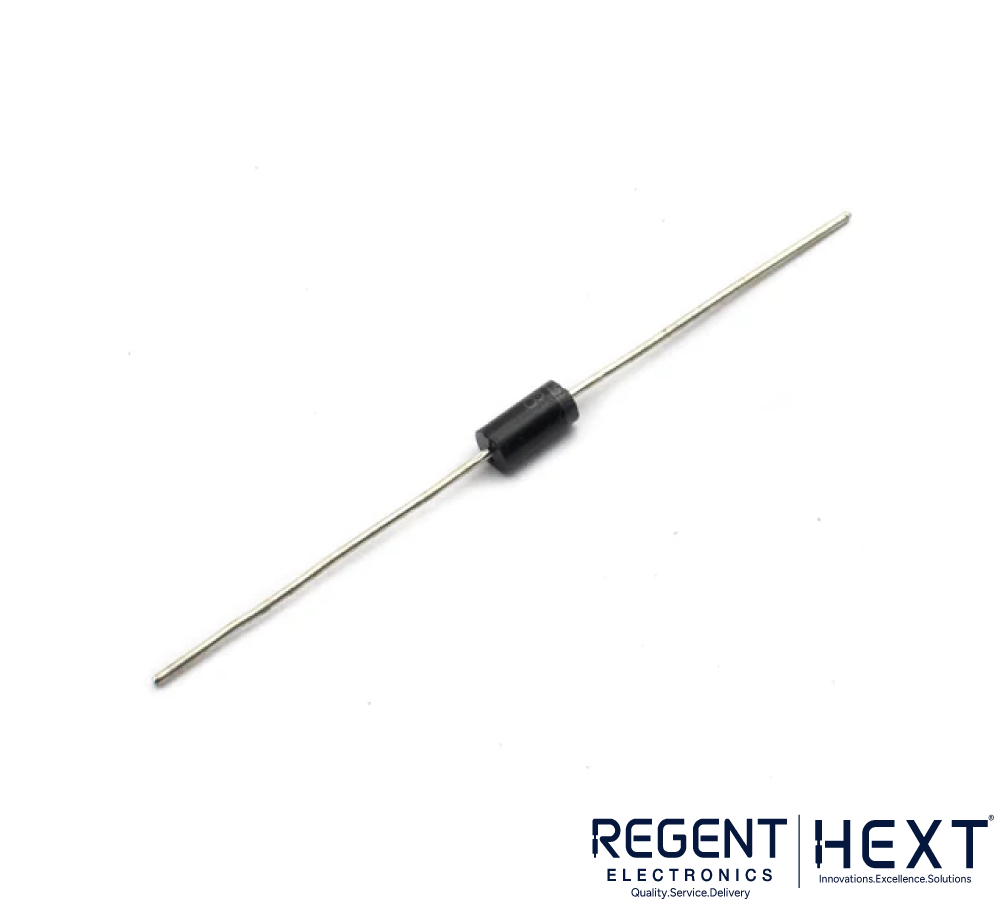
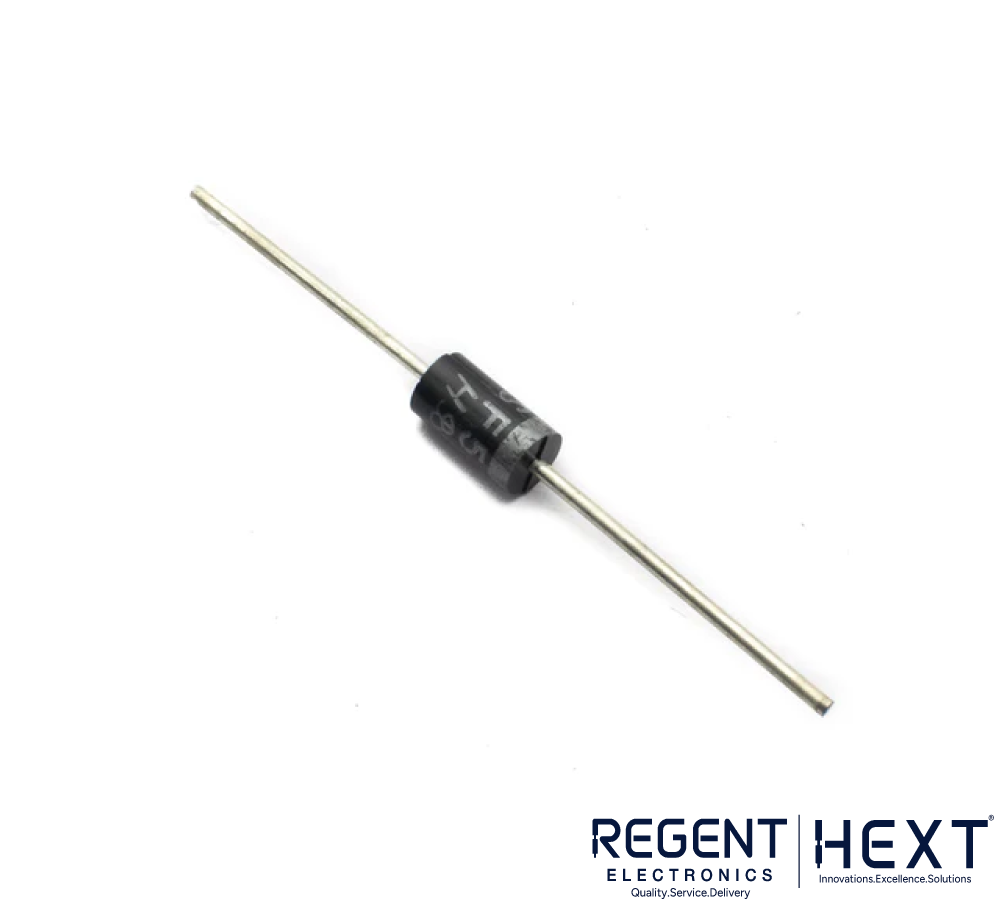
- FR207: Capable of handling up to 2A, with peak currents up to 70A. It is widely used in circuits designed for lower current applications.
- FR607: Designed for high current rectification (6A), with an impressive surge current capability of up to 200A.
- SF28: A 2A, 1000V super-fast rectifier diode with a reverse current of just 20µA, perfect for high-speed circuits.
- SF58: A 5A, 1000V super-fast rectifier diode with very low reverse current, suitable for power-sensitive applications.
What is a Standard Recovery Diode?
A Standard Recovery Diode (often just called a regular diode) is a basic P-N junction diode typically made of silicon. While these diodes are commonly used for rectification in low-frequency circuits, their relatively slower recovery time (in the microsecond range) limits their effectiveness in high-frequency applications. Examples of standard recovery diodes include:
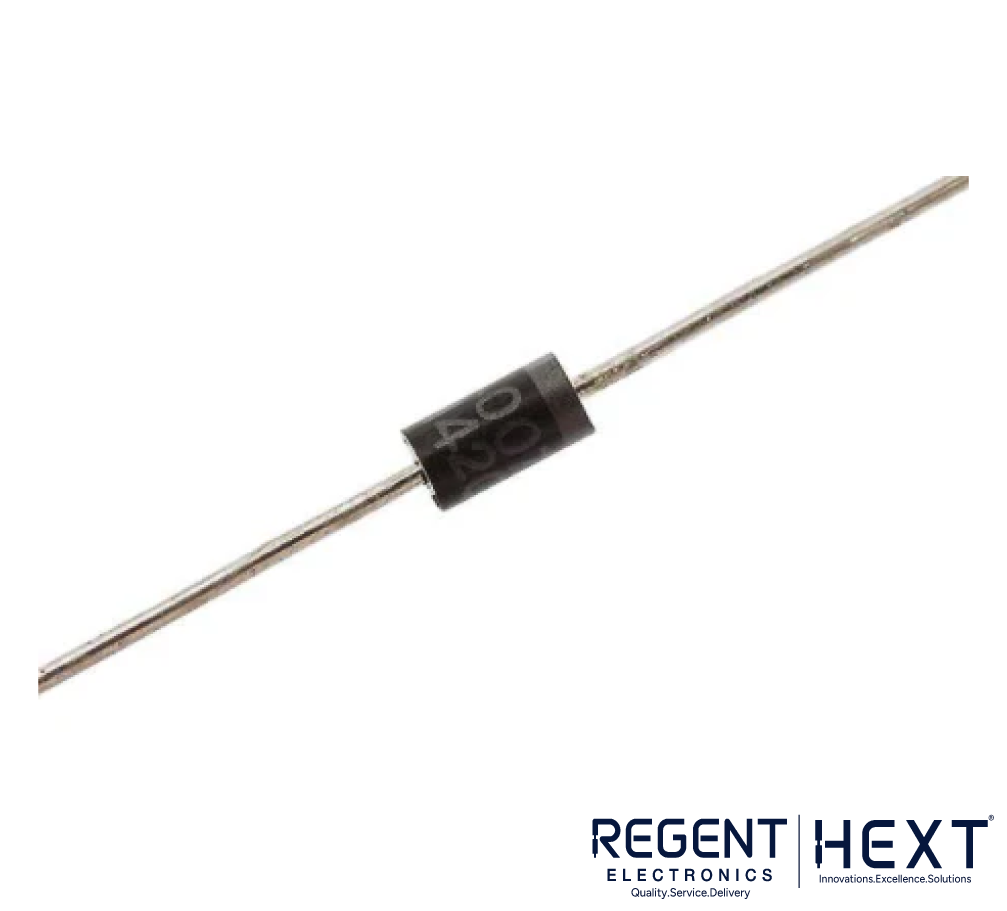
- 1N4007: A general-purpose diode with a current capacity of 1A and a surge rating of 30A. It is a popular choice for low-power rectification in household electronics.
- 1N4148: A high-speed switching diode, rated for 300mA, used in fast switching circuits.
- SR360: A Schottky barrier rectifier with a low voltage drop and high forward current rating, typically used in low-voltage, high-frequency circuits.
- 1N5402: A power diode used in circuits with higher voltage and current demands (3A, 200A peak).
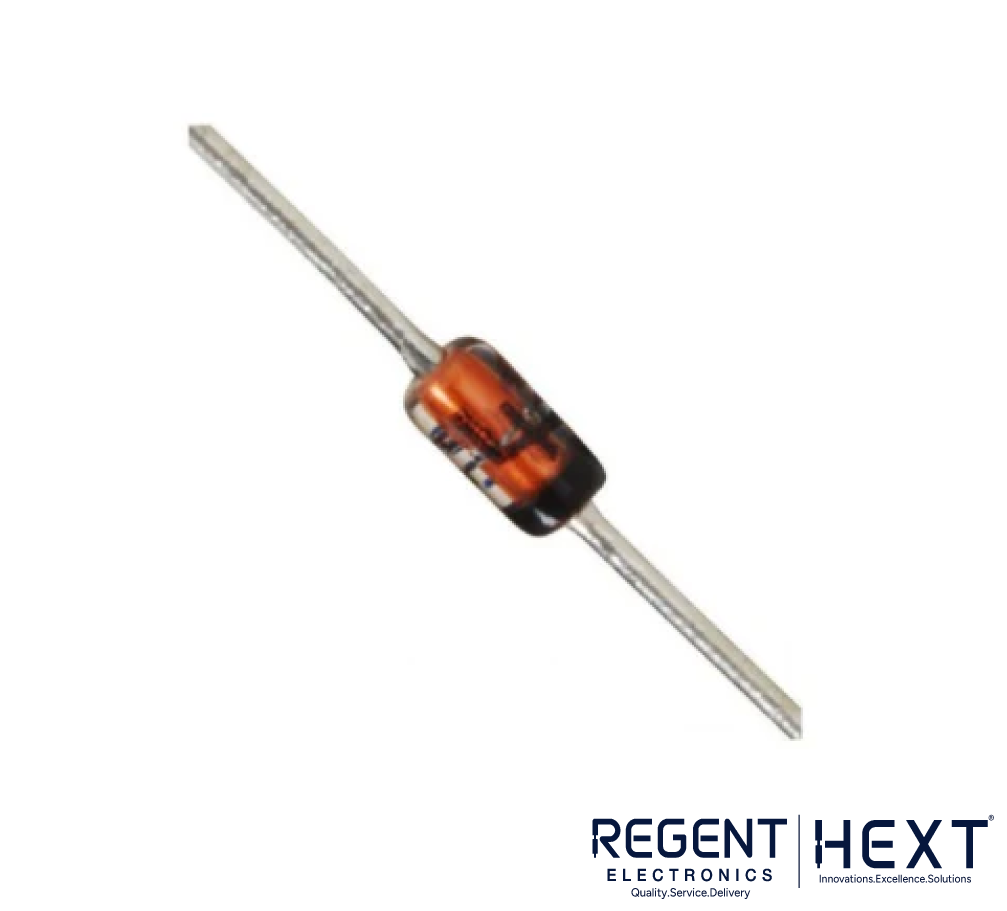
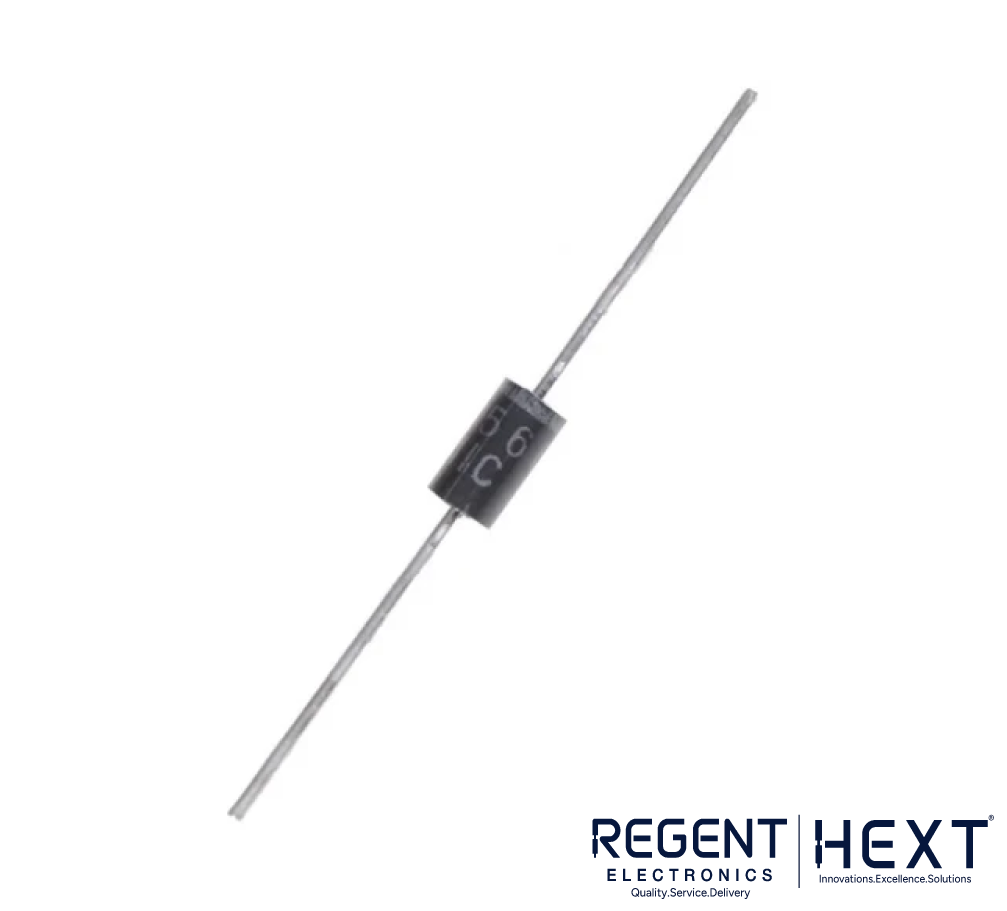

Conclusion
Fast recovery diodes and standard recovery diodes each have unique benefits and applications. While standard recovery diodes suffice for many low-frequency and low-power applications, Fast Recovery Diodes are indispensable in high-frequency circuits, offering ultrahigh switching speeds and improved efficiency. Choosing the right diode depends on the frequency, power requirements, and performance demands of your specific application.
For more information on the best diodes for your projects, check out our range of fast recovery and standard recovery diodes available at Regent Electronics. Whether you’re working on rectifiers, communication circuits, or industrial electronics, we provide top-quality diodes designed to meet your needs.
